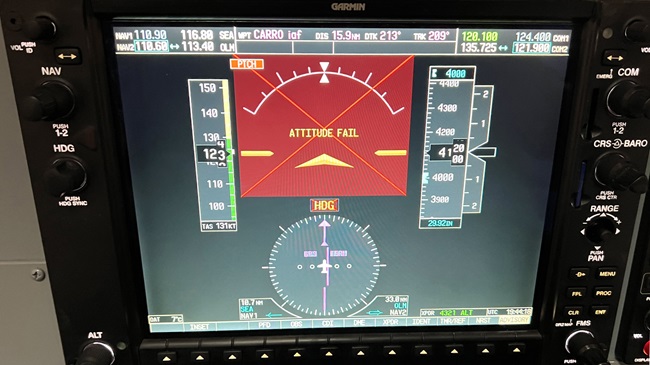IFR Fix: An obscure operation
When a Cessna 172 pilot flying in deteriorating conditions observed that the forecasted mountain obscuration was concealing the entire ridgeline ahead, it was a prudent call to land back where the flight began and take another look at the weather.
After that, prudence took the day off. Under the pressure of an “airport return deadline,” the pilot (and a passenger) noticed breaks in the clouds. The decision was made to make a run for it.
However, air traffic control now denied the request. “I felt relieved but a little shaken up because I suspected that I had just requested an IFR clearance without an IFR rating,” the pilot wrote.
Next, the flight departed under VFR, and mostly the report submitted to the Aviation Safety Reporting System morphs into a standard scary story about an addled, guilt-ridden pilot flying through “cloud gaps” to remain in visual conditions until “I realized that the shortest route to safety was up,” and climbed in instrument conditions for a seemingly endless 20 or 30 seconds to safety.
So, here’s a quiz for anyone who might be in need of a proficiency push right now: Was the reported flight a VFR-on-top operation, or a VFR over-the-top operation? Is an instrument rating required for either type, neither, or both?
“VFR over-the-top must not be confused with VFR-on top,” cautions the Instrument Flying Handbook. “VFR-on-top is an IFR clearance that allows the pilot to fly VFR altitudes. VFR over-the-top is strictly a VFR operation in which the pilot maintains VFR cloud clearance requirements while operating on top of an undercast layer.”
It adds, “Pilots on IFR flight plans operating in VFR weather conditions may request VFR-on-top in lieu of an assigned altitude. This permits them to select an altitude or flight level of their choice (subject to any ATC restrictions). Pilots desiring to climb through a cloud, haze, smoke, or other meteorological formation and then either cancel their IFR flight plan or operate VFR-on-top may request a climb to VFR-on-top.”
For more details and examples of each, see page 10-26 of the Instrument Flying Handbook.




